43 nutrition labels for common foods
Making the Most of the Nutrition Facts Label Infographic Compare labels when possible and choose options with lower amounts of added sugars, sodium, saturated fat and no trans fat. Get enough of beneficial nutrients. Eat foods with nutrients your body needs like calcium, dietary fiber, iron, potassium, and Vitamin D. % Daily Value. How to Understand and Use the Nutrition Facts Label | FDA - U.S. Food ... Dietary fiber, vitamin D, calcium, iron ad potassium are nutrients on the label that Americans generally do not get the recommended amount of. They are identified as nutrients to get more of....
How to Get A Nutrition Facts Label for Food Products In this guide, we'll explain how to get nutritional information, applicable regulations, and other important considerations to achieve successful food labels. Step 1: Get Nutrition Information There are a couple ways you can determine the nutrition content of your food product: nutritional database or lab testing.

Nutrition labels for common foods
Nutritional Values For Common Foods And Products Top Foods by Vitamin Vitamin A Thiamin Riboflavin Niacin Pantothenic acid Vitamin B6 Vitamin B12 Folate Vitamin C Vitamin D Vitamin E Vitamin K1 Betaine Choline Top Foods by Mineral Calcium, Ca Copper, Cu Fluoride, F Iron, Fe Magnesium, Mg Manganese, Mn Phosphorus, P Potassium, K Selenium, Se Sodium, Na Zinc, Zn Top Foods by Macronutrient How to Decode a Nutrition Label - Healthline Some important concepts to remember to help you use nutrition labels for healthy choices include: knowing that your calorie needs may differ from the 2,000 calories-per-day baseline on labels... Food Labeling & Nutrition | FDA Food labeling is required for most prepared foods, such as breads, cereals, canned and frozen foods, snacks, desserts, drinks, etc. Nutrition labeling for raw produce (fruits and vegetables) and...
Nutrition labels for common foods. Food label accuracy of common snack foods - PubMed Food label accuracy of common snack foods Obesity (Silver Spring). ... Nutrition labels have raised awareness of the energetic value of foods, and represent for many a pivotal guideline to regulate food intake. ... 0003) or 4.3% (0.2, 13.7, P = 0.001) higher than the label statement. In a small convenience sample of the tested snack foods ... PDF Eat Right Become a smart shopper by reading food labels to find out more about the foods you eat. The Nutrition Facts panel found on most food labels will be changing in the near future, and the updates will help you: ... Some of the most common claims seen on food packages: • Low calorie — Less than 40 calories per serving. Food Labels | Nutrition.gov Folate and Folic Acid on the Nutrition and Supplement Facts Labels HHS, Food and Drug Administration, Center for Food Safety and Applied Nutrition Learn what common foods are natural sources of the vitamin folate, plus what foods may have folic acid added during processing. Interactive Nutrition Facts Label HHS, Food and Drug Administration Understanding Food Nutrition Labels | American Heart Association Make sure you get enough of the nutrients your body needs, such as: calcium, choline, dietary fiber, iron, magnesium, potassium, and vitamins A, C, D and E.* 5 - Understand % Daily Value. The % Daily Value (DV) tells you the percentage of each nutrient in a single serving, in terms of the daily recommended amount.
PDF Nutrient Value of Some Common Foods - canada.ca Nutrient Value of Some Common Foods 1 Facts About the Foods This edition of the Nutrient Value of Some Common Foods is an update to the 1999 version. During this interval, changes have taken place in the food supply, in our understanding of nutrition with regards to health and disease prevention, and to nutrition recommen-dations. Food Labels | CDC - Centers for Disease Control and Prevention In general, eat more foods that are higher in vitamins, minerals (such as calcium and iron), and fiber. Eat fewer foods that are higher in added sugars, saturated fat, and sodium (salt), and avoid trans fat. Keep in mind that the % Daily Value of each nutrient, such as total fat of 10% in the example below, is based on eating 2,000 calories a day. Food Labels & Nutrition Facts - Ask the Dietitian® Food Labels & Nutrition Facts Does the US Dietary Guidelines in calling for no more than 10% of calories from sugar mean a) added sucrose, b) sucrose, added or naturally occurring, or c) all simple sugars (fructose, glucose, lactose, sucrose, etc.)? Misleading Nutrition and Food Labels - Health You're not alone. Nearly 59% of consumers have a hard time understanding nutrition labels, according to a Nielsen survey. Here's our list of the 16 most common—and most misleading phrases ...
Nutritional Values For Common Foods And Products Nutrition bars Saltine crackers Pretzels/snack mix Potato chips Popcorn Pasta, noodles, cooked grains Grits and other cooked cereals Oatmeal Baby food: cereals Ready-to-eat cereal, lower sugar (=<21.2g/100g) Ready-to-eat cereal, higher sugar (>21.2g/100g) Other Mexican mixed dishes Nachos Egg rolls, dumplings, sushi How To Read Food and Beverage Labels - National Institute on Aging Or you can call the U.S. Department of Agriculture's Food and Nutrition Information Center at 301-504-5414. Understanding percent Daily Value (% DV) The percent Daily Value (% DV) tells how much a nutrient in a serving of the food or beverage contributes to a total daily 2,000-calorie diet. Nutrition Facts Label Size Requirements - LabelCalc Here are some of the common guidelines every food manufacturer should be aware of: "Nutrition Facts" lettering must be bigger than any other font on the nutrition label (except for the numerical value for calories) and must span the length of the whole nutrition facts panel. The smallest font sizes that can be used on the nutrition facts ... How to Read Food Labels Without Being Tricked - Healthline Nutrition labels state how many calories and nutrients are in a standard amount of the product — often a suggested single serving. However, these serving sizes are frequently much smaller than what...
Can food labels influence dietary choices? - medicalnewstoday.com Color-coded labels and warning labels are in common use on the front of food packages globally. They aim to encourage people to eat more healthily to reduce the burden of diet-related illnesses and...
5 Common Food Label Misconceptions - The Chopping Block Here are the top misconceptions I've seen with reading food labels and how you can use this knowledge to empower your own choices. 1. Serving Size: one package of a food item doesn't mean one serving. For example, the 200 calories listed on a box of dried pasta doesn't mean that the whole box is 200 calories.
Nutrition Label Glossary: Definitions of Nutrition Fact Terms - WebMD This number on a food label indicates how much fat is in a single serving of a food. Limit total fat to less than 25% to 35% percent of the calories you consume each day. All fats have 9 calories ...
Food labels - NHS Some front-of-pack nutrition labels use red, amber and green colour coding. Colour-coded nutritional information tells you at a glance if the food has high, medium or low amounts of fat, saturated fat, sugars and salt: red means high amber means medium green means low In short, the more green on the label, the healthier the choice.
Common Information on Food Labels - University of Kentucky The Nutrition Facts label gives information about the total number of servings in the package, the size of one serving, number of calories, and nutrients in the food. The label also uses percent Daily Values (DV) which are average levels of nutrients for a person eating 2,000 calories a day. For example, if the label lists 10% for fat, it means ...
Your Ultimate Guide to Food and Nutrition Labels - Aaptiv "On the nutrition label, fat is broken down in three ways: total fat, saturated fat, and trans fat," explains Dr. Candice Seti, certified nutrition coach, personal trainer, and creator of The Weight Loss Therapist. "Saturated fat is not necessarily a bad thing. But you also don't want to go overboard," she notes.
The Basics of the Nutrition Facts Label - Academy of Nutrition and ... Step 4: Check Out the Nutrition Terms. Low calorie: 40 calories or less per serving. Low cholesterol: 20 milligrams or less and 2 grams or less of saturated fat per serving. Reduced: At least 25% less of the specified nutrient or calories than the usual product. Good source of: Provides at least 10 to 19% of the Daily Value of a particular ...
A List of CN Label Foods | Healthfully Additionally, foods, like rice, grits, oatmeal cookies, pretzels and noodle products also fall into this category. Breads and grains on the CN list must be either made from flour that's enriched or whole-grain, or are simply enriched or whole grain, according to the FNS 3. Bread, rolls, biscuits, crackers and tortillas qualify for CN labels.
Nutrition Labels 101: What's Required? What's Optional? Total carbohydrates is a required listing unless there is less than 1 gram, at which point it can be expressed as "contains less than 1 gram," or if less than 0.5 grams per serving, it can be expressed as zero. Sugars are the sneaky nutrient found naturally in many "healthy" foods, including fruit and milk.
What's In Food | Nutrition.gov Vegetables and fruits are rich sources of phytonutrients, including antioxidants. Salt and Sodium Learn more about salt and sodium in your diet and how it affects your health. Find resources and tips for reducing the amount in your diet while keeping the flavor. Vitamins and Minerals Get the facts on vitamins and minerals, from A to Z.
Food Labeling & Nutrition | FDA Food labeling is required for most prepared foods, such as breads, cereals, canned and frozen foods, snacks, desserts, drinks, etc. Nutrition labeling for raw produce (fruits and vegetables) and...
How to Decode a Nutrition Label - Healthline Some important concepts to remember to help you use nutrition labels for healthy choices include: knowing that your calorie needs may differ from the 2,000 calories-per-day baseline on labels...
Nutritional Values For Common Foods And Products Top Foods by Vitamin Vitamin A Thiamin Riboflavin Niacin Pantothenic acid Vitamin B6 Vitamin B12 Folate Vitamin C Vitamin D Vitamin E Vitamin K1 Betaine Choline Top Foods by Mineral Calcium, Ca Copper, Cu Fluoride, F Iron, Fe Magnesium, Mg Manganese, Mn Phosphorus, P Potassium, K Selenium, Se Sodium, Na Zinc, Zn Top Foods by Macronutrient



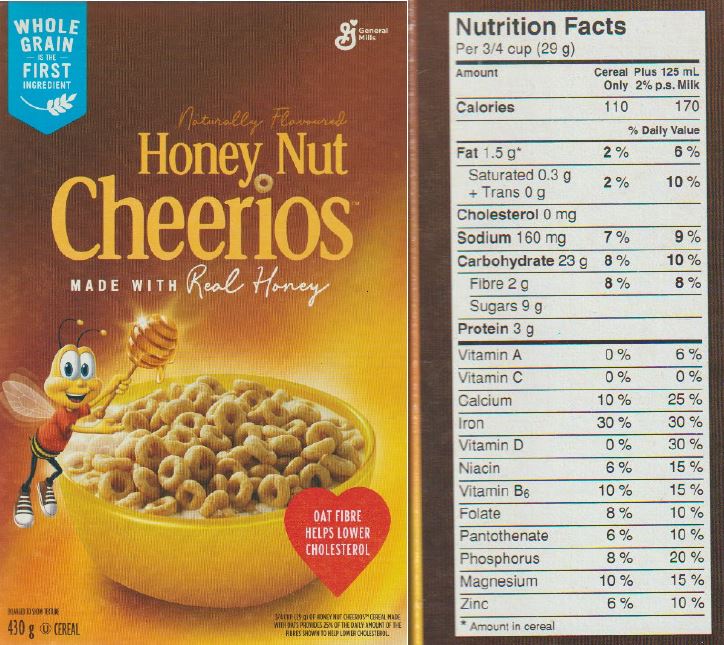





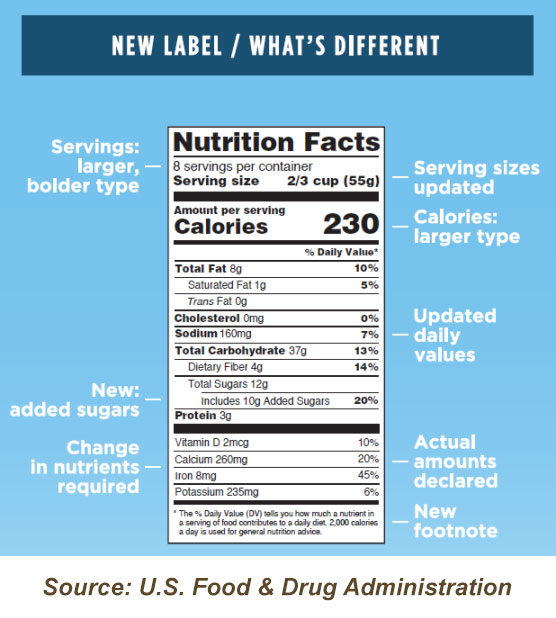

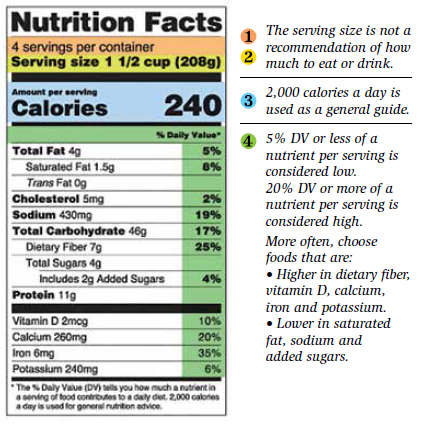



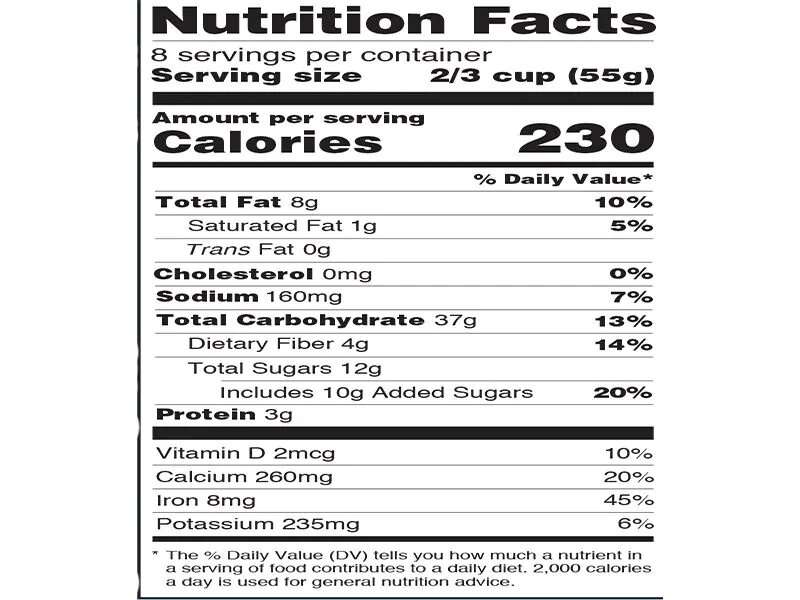


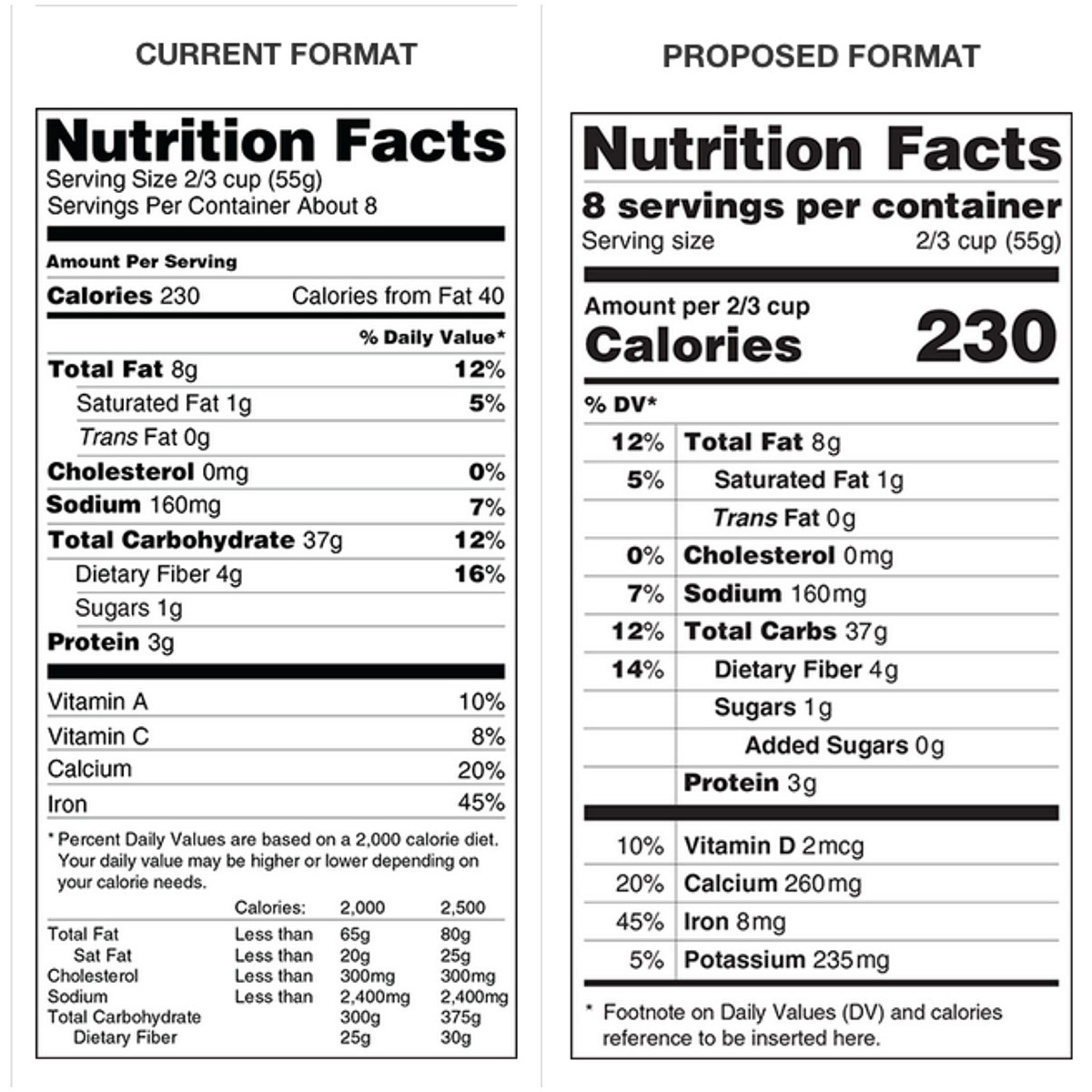

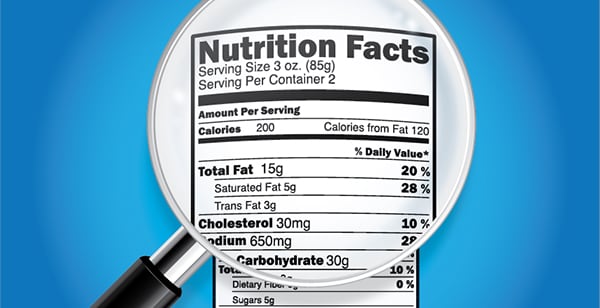

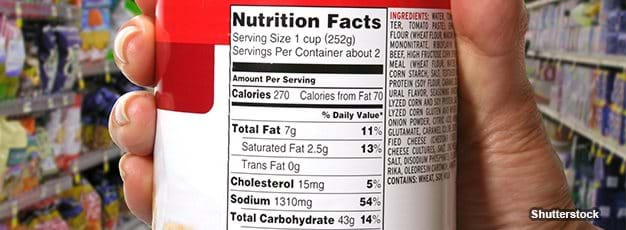
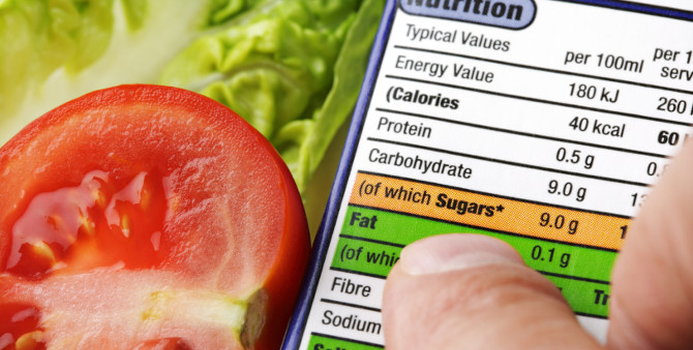
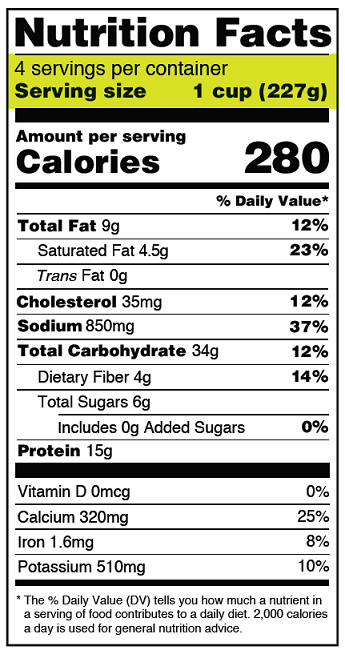





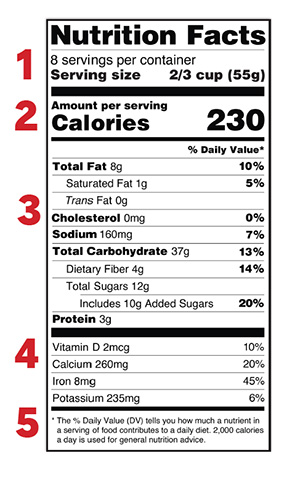
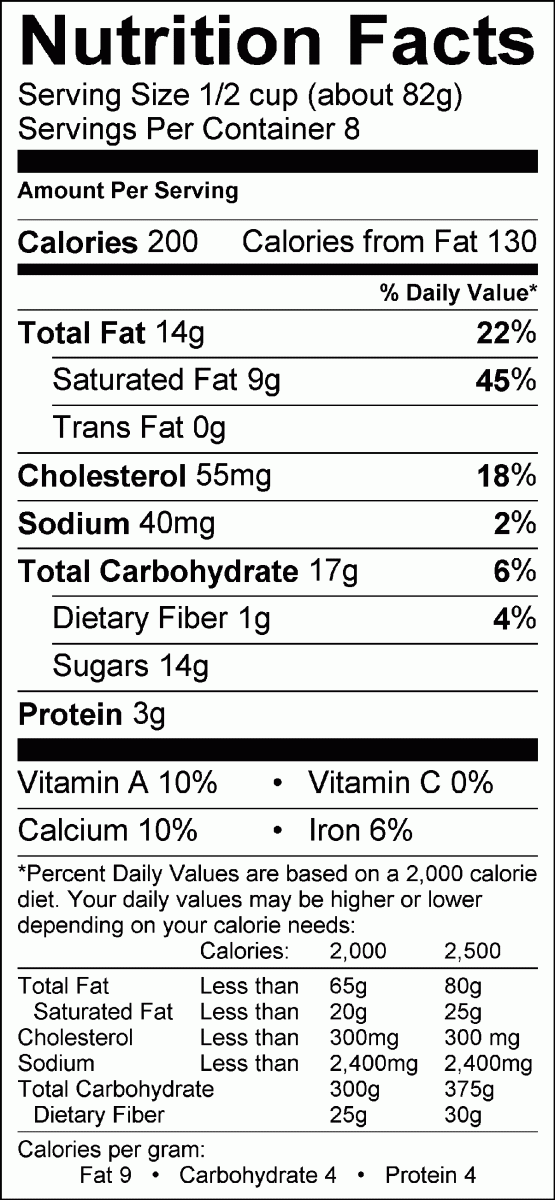


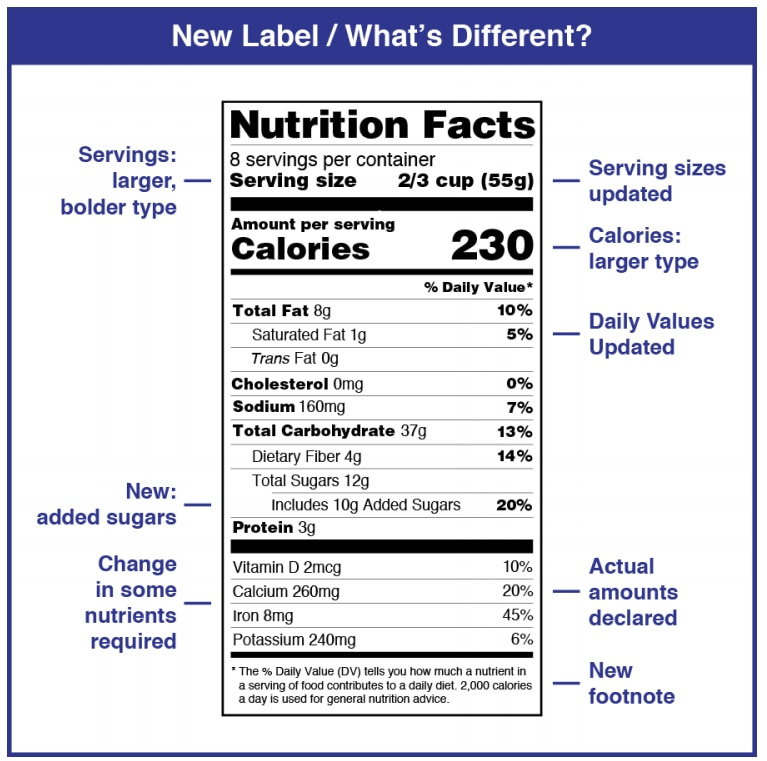
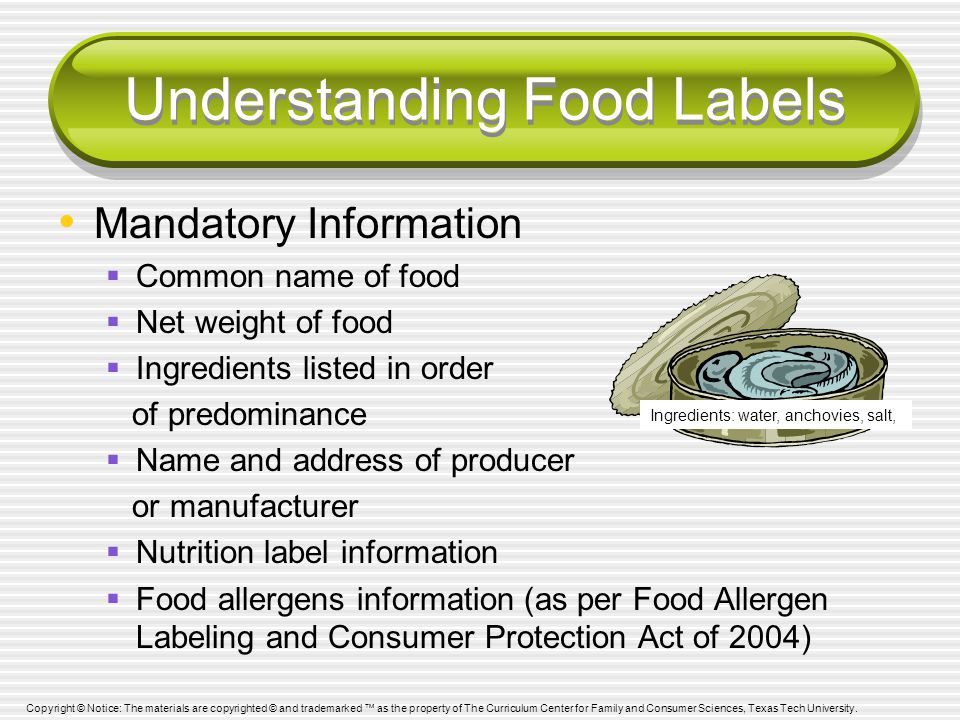
Post a Comment for "43 nutrition labels for common foods"